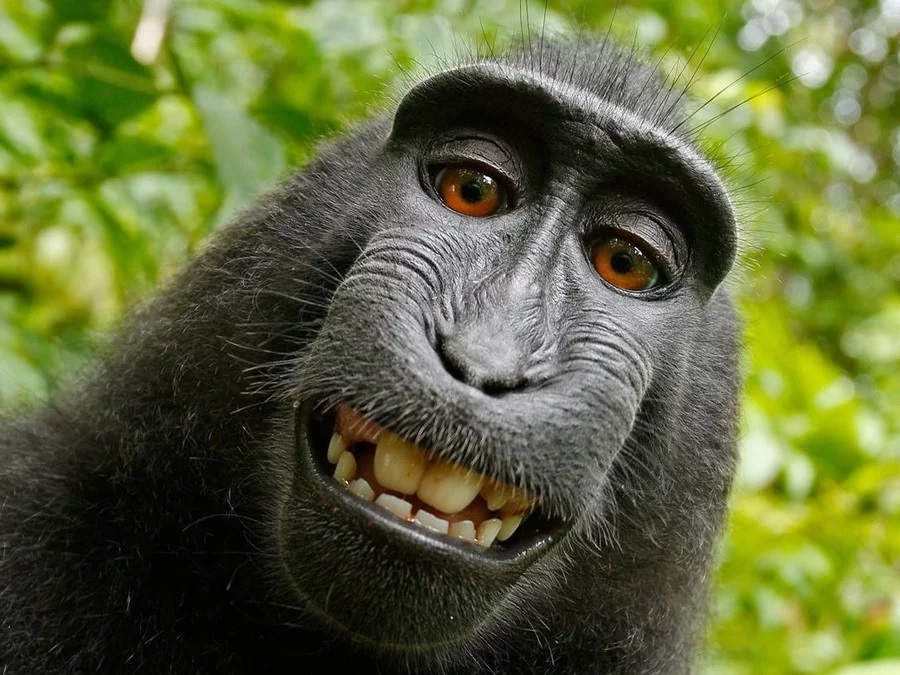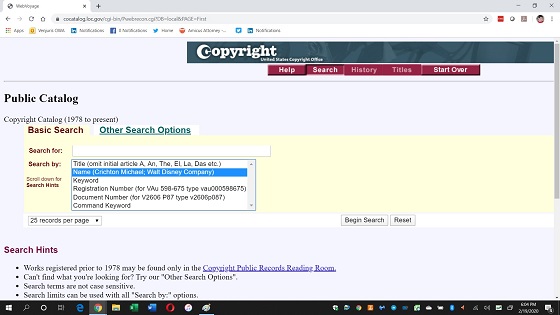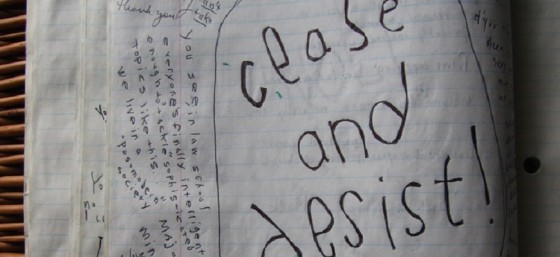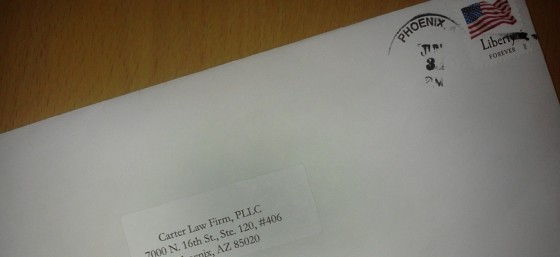
During an evening event at Content Marketing World this year, I was talking with my fellow speakers, and I basically held court to field their questions about how copyright applies to content that’s created with artificial intelligence (AI). This led to an invitation from the brilliant Christopher Penn to do a more in-depth interview about this topic as a Fire Side Chat for Trust Insights.

Only Humans Can Create Copyrightable Works
This issue was largely settled by the infamous Monkey Selfie case. Here’s what happened:
Photographer David Slater was taking pictures in Tangkoko reserve in Indonesia. At one point, Naruto, a macaque monkey, picked up Slater’s camera and took several pictures, including the infamous selfie.
Slater wanted to register the copyright in the photo, but People for the Ethical Treatment of Animals (PETA) sued Slater on behalf of Naruto, arguing that Naruto should own the copyright since he took the photo.
The judge ruled that only humans can create copyright-protected works. Since Naruto took the photo, not the photographer, the photographer doesn’t own the copyright.
In fact, no one owns the copyright in this photo. Since it was taken without a human author, there is no copyright in this selfie. Anyone can use it for any purpose without needing permission.
Owning an AI Machine Does Not Give You a Copyright in the Machine’s Output
This came up in a different copyright matter. Steven Thaler owned a machine that created the work entitled, “Entrance to Paradise.” When he tried to register the copyright for this work, he listed the machine, Creativity Machine, as the author, and himself as an author merely as the machine’s owner. The Copyright Office rejected the application, saying that owning the machine isn’t enough to make you an author of the machine’s output.
If you write software code for an AI machine or product, there’s copyright protection for the code assuming it qualifies as an original work of authorship. However, even when software code is protected by copyright, the results of running the code are not necessarily protected by copyright. Remember there is no copyright protection for facts.

AI-Generated Content Might be a Derivative Work
Whoever owns a copyright, get to control how that work is copied and distributed as well as what derivative works can be made from it.
If you put someone else’s copyright-protected work into an AI machine or software, the resulting AI-generated content would be a derivative work of the original. If you do this without a license, then that’s likely copyright infringement.
This is similar to using Google Translate to create unauthorized translations of someone else’s work.
Could the Creator of AI Software be a Copyright Owner of the AI-Generated Work?
I would not be surprised if this question is revisited by the court in the future.
This question was touched on briefly in the Torah Soft case. An author wanted to use printouts from the Torah Soft software in their book and the software’s creator said this was an unauthorized use of his copyright in the software code.
The judge ultimately held that that the code was not an original work of authorship, therefore, not copyrightable, and there was no copyright in the printouts because both the code and the printouts merely contained an unoriginal arrangement of facts. (This is also why there’s no copyright protection for phonebooks.)
Might the outcome have been different if the input was not protected by copyright but the software code that created the output is? Maybe. This is an issue that hasn’t been taken up by the courts yet. The owner of the copyright in the code would have to prove that the output from the code is a derivative work.
There’s also the question of whether the method used to create the output is original enough to be worthy of a patent. The court may have to consider whether this is a situation involving patent rights or copyright rights, or both.
This is a gray area of the law. I don’t have high expectations that the owner of the code will successfully assert rights in the output of their code, but I think these types of questions will come up moving forward.
What If Your Content is 100% AI-Generated?
For now, AI-generated content isn’t worth consuming. To be blunt. It’s usually crap. Remember when AI studied pick up lines and was tasked with writing its own?
However, if you’re using AI-generated content, or perhaps just AI-generated images, this comes with a risk. Assuming the AI-generated content is not a derivative work of someone else’s copyright protected work, it’s content that is not created by a human; therefore, cannot be protected by copyright and will automatically be in the public domain. Anyone, including your competition, could use it without penalty, at least from a copyright perspective.
Otherwise, it’s imperative to keep a human substantially involved in creating your original works to retain its copyright and associated rights. For now, the best use of AI-generated content seems to be as a tool for exploring ideas for content and creating inconsequential images where you don’t care if anyone uses them.
Will Certified Artisan Content Become a Real Thing?
Chris and I joked that in the future, content made my humans will be labeled as “certified organic content” or “handcrafted artisanal content.”
While we said this in jest, if the quality of AI-generated content improves, this could be how some content creators differentiate themselves from marketers who solely use AI without engaging a human to create original copyright-protected work(s) as part of the creation process.
Want More?
If you liked this post and want more, please subscribe to Ruth & Consequences. This fortnightly newsletter gives you exclusive content and a behind-the-scenes look into my life as a non-binary lawyer and entrepreneur and the lessons I learn as the Evil Genius behind Geek Law Firm. (When you own the business, you get to pick your own title.)







